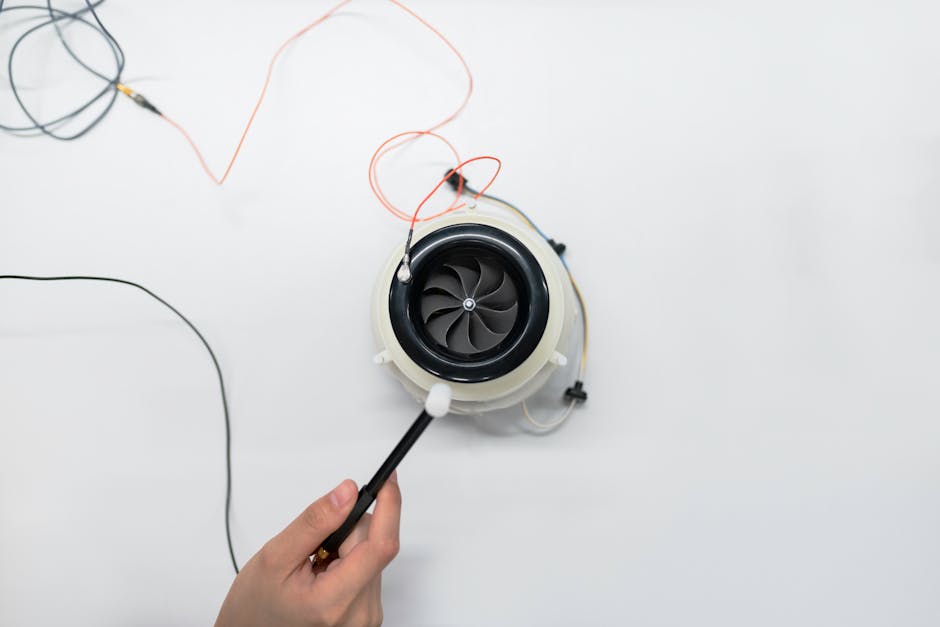The Evolution of Engineering in Design
Engineering solutions have come a long way in reshaping the landscape of design and manufacturing industries. Through innovative approaches and constant evolution, engineers have consistently pushed boundaries to create solutions that not only meet but exceed expectations. These advancements have revolutionized the way products are conceptualized, designed, and brought to life.
One of the key driving forces behind the evolution of engineering in design is the rapid pace of technological development. With the advent of cutting-edge tools and software, engineers can now model, simulate, and test designs with a level of precision that was once unimaginable. This shift has not only streamlined the design process but has also opened up a realm of possibilities for creating complex and intricate structures.
Moreover, the collaborative nature of modern engineering practices has played a significant role in propelling the field forward. Engineers now work hand in hand with experts from various disciplines, combining their expertise to tackle multifaceted challenges. This interdisciplinary approach has resulted in more holistic solutions that take into account not just functionality but also user experience, sustainability, and aesthetics.
As we look to the future, the evolution of engineering in design shows no signs of slowing down. With innovations such as artificial intelligence, augmented reality, and machine learning on the horizon, the possibilities for engineering solutions are boundless. The only constant in this dynamic field is change, and engineers are at the forefront, driving progress and shaping the future of design and manufacturing.
Innovative Materials Transforming Manufacturing Processes
In the realm of manufacturing, the choice of materials plays a pivotal role in determining the success of a product. Recent advancements in material science have paved the way for engineers to explore a wide array of innovative materials that offer enhanced properties and functionalities. From self-healing polymers to lightweight yet durable composites, the possibilities are endless.
One of the most exciting developments in materials engineering is the rise of bio-based materials that are not only sustainable but also biodegradable. These materials, derived from natural sources such as plants and fungi, represent a paradigm shift in manufacturing processes, offering a greener alternative to traditional plastics and synthetics. The use of these innovative materials not only reduces the environmental impact of production but also opens up new avenues for creativity and innovation.
Furthermore, the integration of smart materials into manufacturing processes is revolutionizing the way products are designed and built. Smart materials, which can respond to external stimuli such as temperature, pressure, or light, enable engineers to create products with adaptive and responsive features. This opens up new possibilities in fields ranging from aerospace and automotive to healthcare and consumer electronics.
As engineers continue to push the boundaries of material science, the future of manufacturing looks brighter than ever. With materials that are stronger, lighter, and more sustainable than ever before, the possibilities for creating innovative and groundbreaking products are virtually limitless. The transformative power of materials is reshaping the manufacturing landscape, paving the way for a more efficient, sustainable, and innovative future.
Automation and Robotics Revolutionizing Production
Automation and robotics have long been at the forefront of revolutionizing production processes across various industries. The marriage of engineering solutions with advanced automation technologies has led to significant improvements in efficiency, precision, and scalability. From automated assembly lines to robotic arms performing intricate tasks, the impact of automation on production is undeniable.
One of the key benefits of automation in manufacturing is the ability to enhance product quality and consistency. By removing the element of human error and variability, automated systems can produce goods with unparalleled precision and repeatability. This not only leads to higher quality products but also reduces waste and rework, resulting in cost savings for manufacturers.
Moreover, the integration of robotics into manufacturing processes has opened up new possibilities for complex and labor-intensive tasks. Robots can now handle tasks that are dangerous, delicate, or monotonous, allowing human workers to focus on higher-level decision-making and creative problem-solving. This collaboration between humans and robots is revolutionizing the way products are made, leading to improved efficiency and innovation.
Looking ahead, the role of automation and robotics in production is set to expand even further. With advancements in artificial intelligence and machine learning, robots are becoming increasingly sophisticated and adaptable, capable of learning and improving their performance over time. This trend towards intelligent automation is reshaping the future of manufacturing, making processes faster, more flexible, and more responsive to changing market demands.
Sustainability and Environmental Impact in Engineering Solutions
In the realm of engineering solutions, the focus on sustainability and environmental impact has never been more crucial. With growing awareness of climate change and resource depletion, engineers are under increasing pressure to develop solutions that are not only effective and efficient but also environmentally friendly. This shift towards sustainable engineering practices is driving innovation and reshaping the way products are designed and manufactured.
One of the key strategies in addressing environmental impact is the concept of eco-design, which involves integrating environmental considerations into all stages of the product development process. By considering factors such as material selection, energy efficiency, and end-of-life disposal, engineers can create products that have minimal environmental impact throughout their lifecycle. This holistic approach to design not only reduces waste and emissions but also leads to more sustainable and ethically produced goods.
Furthermore, the adoption of circular economy principles in engineering solutions is gaining momentum as a way to minimize waste and maximize resource efficiency. By rethinking product lifecycles and focusing on reuse, remanufacturing, and recycling, engineers can reduce the environmental footprint of manufacturing processes. This shift towards a more circular and regenerative approach to design is essential for creating a sustainable future for the industry and the planet.
As the focus on sustainability continues to grow, engineers are exploring innovative solutions that not only meet the needs of the present but also preserve the resources for future generations. The integration of sustainable practices into engineering solutions is not just a trend but a necessity in a world where environmental challenges are becoming increasingly urgent. By prioritizing sustainability and environmental impact, engineers are paving the way for a more sustainable and resilient future.
Advancements in 3D Printing and Prototyping Technologies
The evolution of 3D printing and prototyping technologies has revolutionized the way products are designed, tested, and manufactured. From rapid prototyping to customized production, 3D printing offers a level of flexibility and creativity that traditional manufacturing methods cannot match. This technology has enabled engineers to iterate designs quickly, reduce time-to-market, and produce complex geometries with ease.
One of the key advantages of 3D printing is its ability to manufacture products on-demand, eliminating the need for mass production and excess inventory. This not only reduces costs and waste but also allows for personalized and customized products tailored to individual needs. The adaptability of 3D printing technology is transforming the manufacturing landscape, opening up new possibilities for small-scale production and localized manufacturing.
Furthermore, the integration of 3D printing with advanced materials is expanding the capabilities of this technology even further. Engineers can now print with a wide range of materials, including metals, ceramics, and composites, creating products with unique properties and functionalities. This versatility makes 3D printing suitable for a diverse array of industries, from aerospace and automotive to healthcare and consumer goods.
Looking ahead, the evolution of 3D printing and prototyping technologies holds immense potential for the future of manufacturing. As the technology continues to advance and become more accessible, engineers will be able to harness its power to drive innovation, reduce costs, and accelerate product development. The democratization of 3D printing is democratizing manufacturing, empowering engineers to bring their ideas to life with unprecedented speed and efficiency.
Collaborative Design Strategies for Integrated Engineering Solutions
The shift towards collaborative design strategies has transformed the way engineers approach complex challenges and develop integrated solutions. By fostering a culture of cross-disciplinary collaboration and knowledge sharing, engineers can leverage the expertise of diverse team members to tackle multifaceted problems. This collaborative approach not only leads to more innovative and robust solutions but also fosters creativity and synergy among team members.
One of the key benefits of collaborative design is the ability to gain different perspectives and insights from team members with varied backgrounds and expertise. By bringing together professionals from engineering, design, marketing, and other fields, engineers can incorporate a wide range of viewpoints into the product development process. This diversity of thought leads to more inclusive and user-centric designs that resonate with a global audience.
Moreover, collaborative design strategies promote agility and adaptability in the face of changing requirements and constraints. By breaking down silos and promoting open communication, teams can respond quickly to feedback, iterate on designs, and pivot when necessary. This iterative and inclusive approach to design fosters continuous improvement and empowers teams to deliver solutions that are not just functional but also delightful and impactful.
As the importance of collaboration continues to grow in engineering solutions, so does the need for effective teamwork and communication. By cultivating a culture of transparency, trust, and respect, engineers can build strong and cohesive teams that are capable of overcoming challenges and driving innovation. Ultimately, collaborative design strategies are not just about creating better products but about building a more connected and empowered engineering community.


